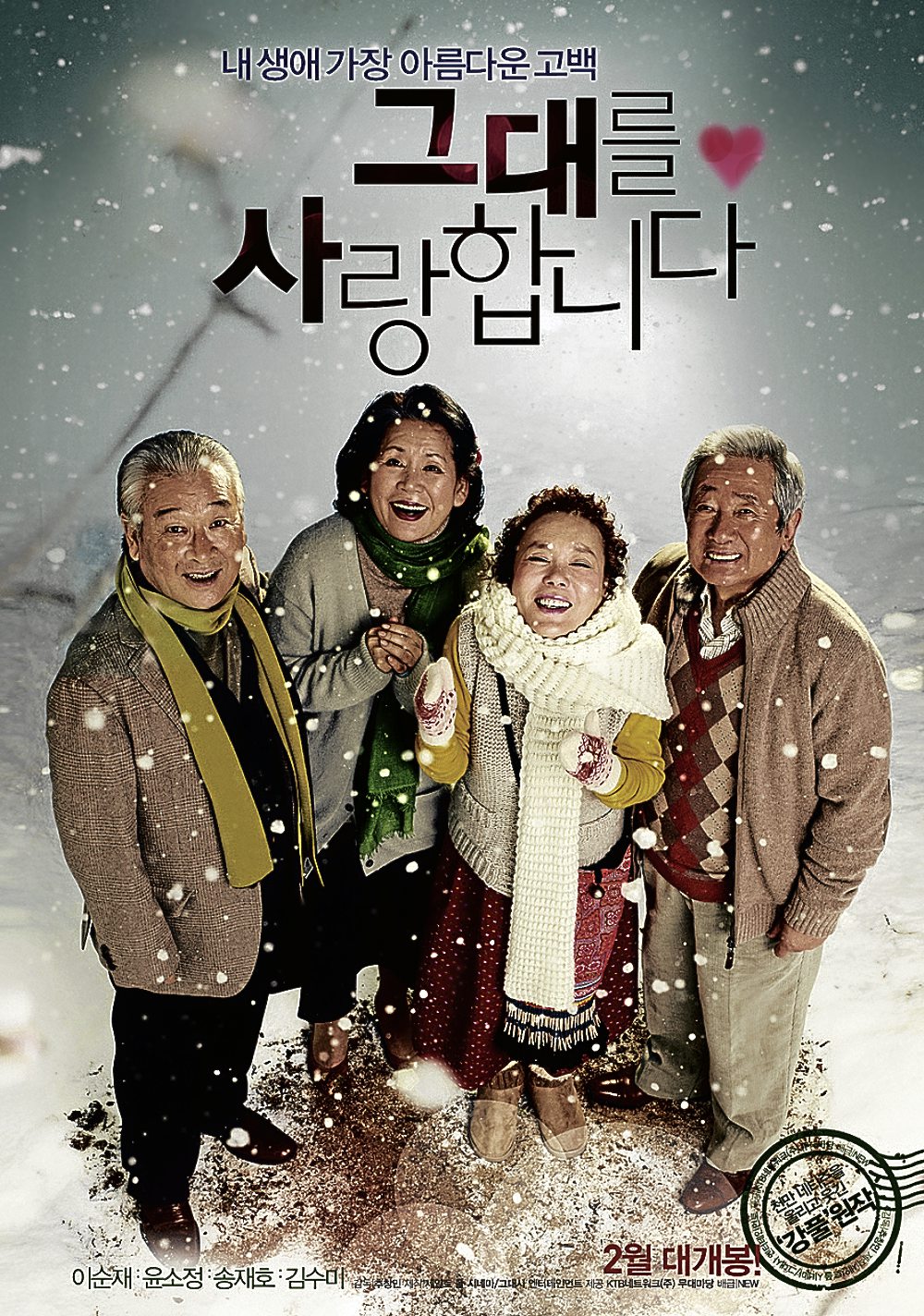First things first (I’m the realest): I am an anxious, heavily medicated wreck, and I’ve clearly been needing a break. Which is why when our boss asked if I could cover a tour around Jeju Island, I said, “yespleaseohmygodIneedthis.”
I immediately felt a wave of regret after. Not knowing anything about the island, I started having my usual bout of worries: It’s an island so we’ll probably only be going to beaches, right? But what about my insecurities about my body? What if I start feeling suffocated? How will I get by without knowing a lick of Korean? What if I died then what
My trip to Jeju turned out to be a lot of fun, though. As a province of South Korea, Jeju might be a little quieter than Seoul, but it still has a lot of cool spots to visit (not to mention a lot of places with cultural and historical significance). So if you’re an insecure, anxious wreck like me, here’s a guide to enjoying the island.
Getting there
As a special self-governing province, Jeju has an independent visa policy from South Korea. For us, that means that you don’t have to get a South Korean visa to enter Jeju. To do this, you can get a chartered course that goes through Cambodia and straight to the island. But if you do have a South Korean visa, you can take a plane ride to Incheon, take a bus to the Gimpo airport, and fly from there to Jeju.
Getting around
Buses are the main mode of transportation on Jeju, but there are a ton of taxis and car rentals around (no Grab, though, sorry). Full disclosure: Since I was with a tour group, my transportation experience around the island is limited to a single luxury bus driven by a well-dressed Korean man named Justin.
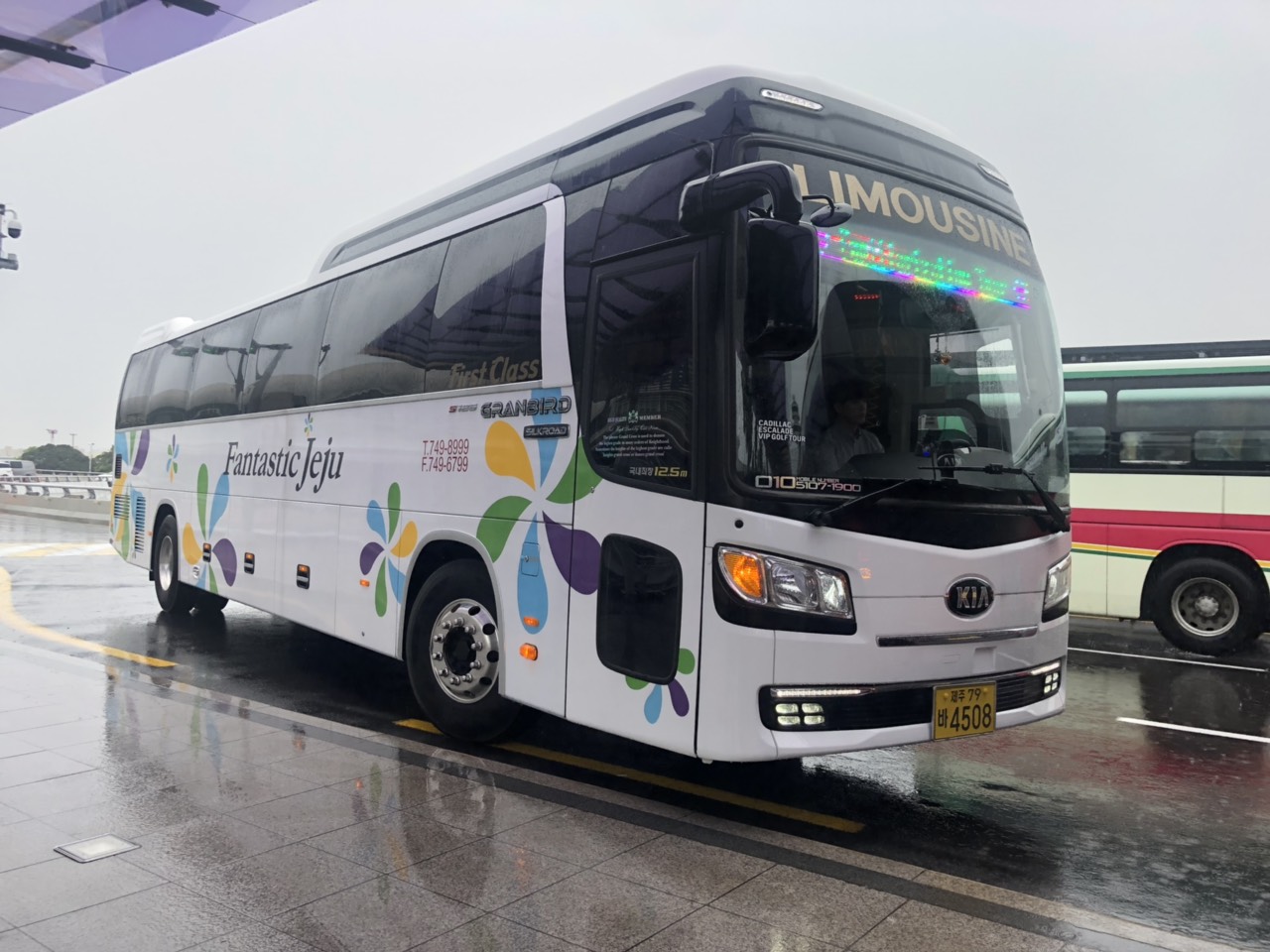
Getting by
I definitely would’ve had an easier time going around if I knew my Korean, but I was able to get by without it. (Save for that time I almost got ripped off at a nightclub and the time I had to fight my way to buy sneakers, but that’s a story for a different time.) It helped, though, that we had a tour guide with us who had a great command of English and took care of translating stuff to us.
Thrill rides
I’ve always found that heart-pumping thrill rides at theme parks have always been really good at letting off some steam for me. See here: That “Unbreakable Kimmy Schmidt” episode where Kimmy unloaded all her emotional trauma from being neglected by her mom by riding a rollercoaster and screaming out her feelings.
On that front, I visited two theme parks that did the trick: Shinhwa Theme Park and 9.81 Park.
1. Shinhwa Theme Park
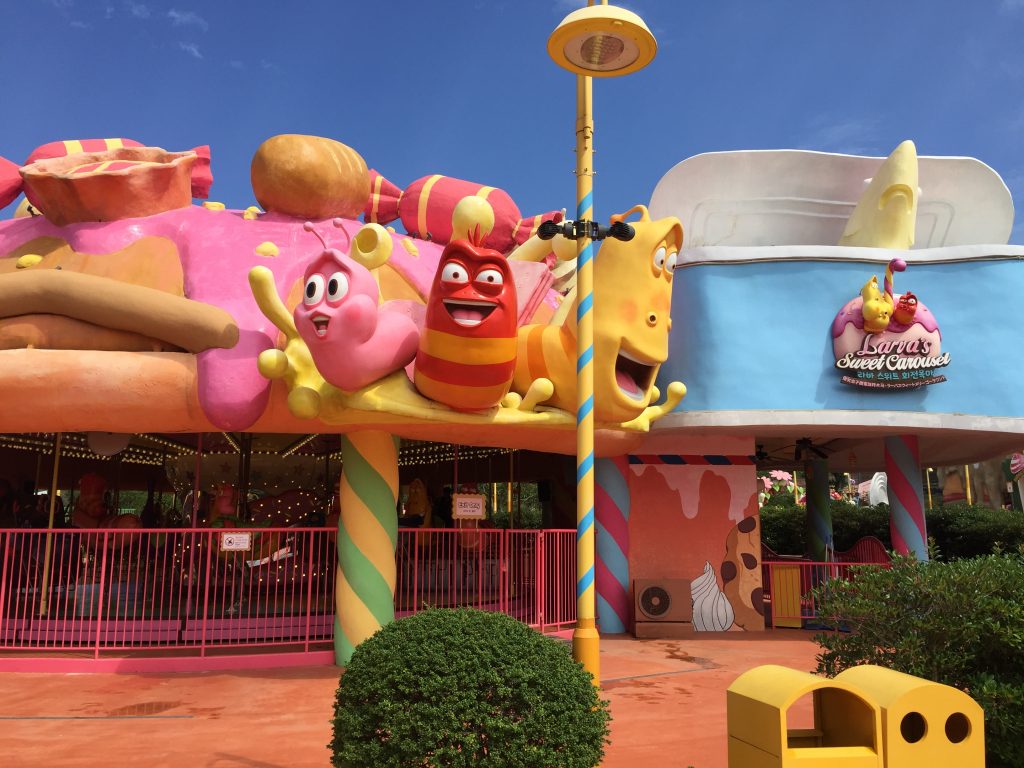
Shinhwa Theme Park is found on Seogwipol and is a part of Shinhwa World, a group of resorts in Jeju. It’s honestly like a bizarro, fever dream version of Disneyland, with steampunk factories greeting you at the entrance, pastel larvae inviting you to ride a carousel, and what I can only describe as a giant, ancient Maya civilization lizard named Oscar letting you swoop on his tail on a Galleon boat-like ride, except it’s a spinning top and you’re mostly standing on it. It owes its unique aesthetic to TUBAn Studios, a South Korean 3D animation studio that designed the whole park.
View this post on Instagram
A post shared by nolisoli.ph (@nolisoli.ph) on Sep 5, 2019 at 3:25am PDT
My favorite ride was the Flying Whirl. You’re strapped onto your seat with a metal arm and a buckle and then spun sideways and upside down (!!!). I screamed, prayed, and cried as I fully lifted off my seat and felt my soul leave me. It was great.
2. 9.81 Park
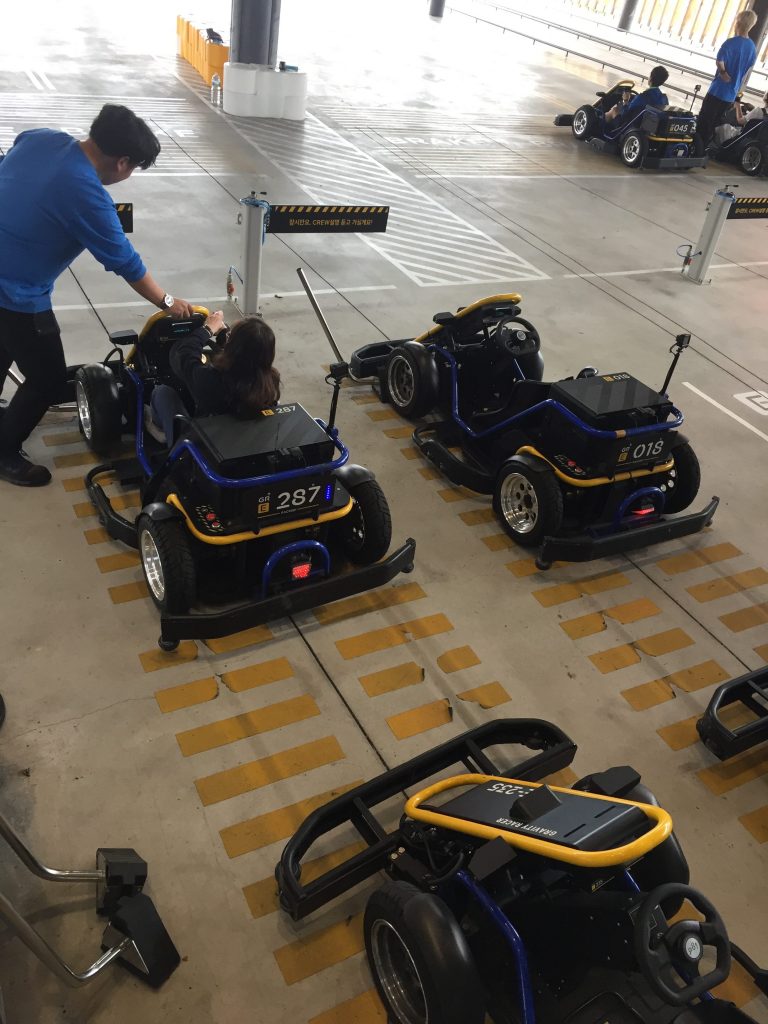
If you’re hypercompetitive about your go kart racing skills, this theme park is completely up your alley. It’s like a futuristic version of go kart where you drive gravity racers (so called because they’re completely propelled by the force of gravity) downhill an expansive race course. It’s really cool, and you can download the park’s app where you can get your race time and a video of your ride.
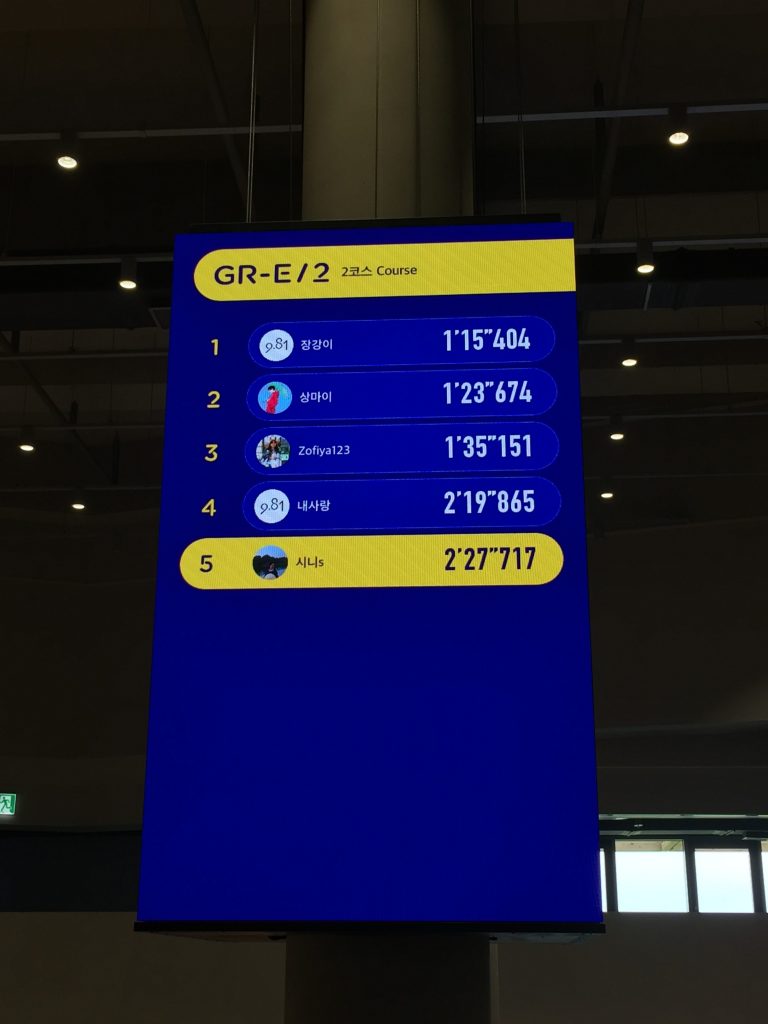
Experiences
During the course of my trip, our tour guide took us around Jeju to get what she called experiences. As it turns out, experiences are a shorthand for quick DIY workshops that you can do around the island.
1. Candle-making
The first one we went on was a candle-making workshop at a handmade craftstore @jejubada_s in Jeju-si. As you might’ve figured out, we weren’t making normal candles: We made terrarium-like pieces with real sand, shells, and flowers, since those were the kind of designs the shop is known for.
Surprisingly, making specialty candles like these isn’t so hard: After pouring in a layer of sand and designing the candle’s landscape, that’s when you pour in the candle mixture. It comes in two colors: A clear one you pour directly over your design to set it in place, and a colored one (I chose blue) to layer over it.
[one_half padding=”5px 5px 5px 5px”]
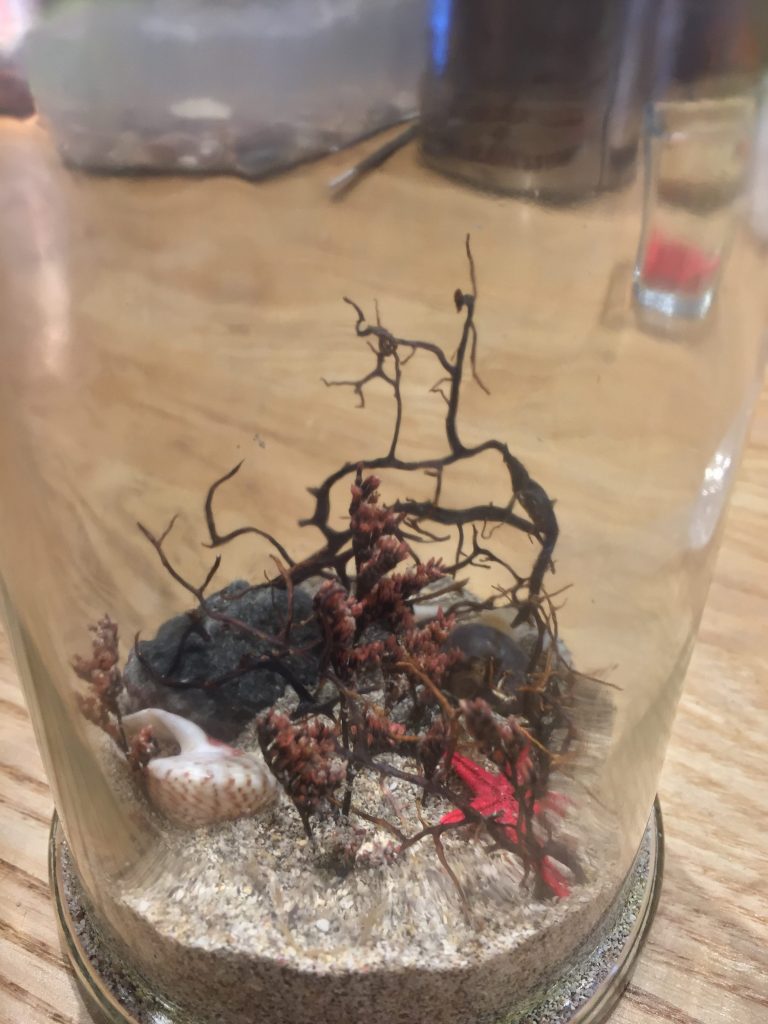
[/one_half]
[one_half_last padding=”5px 5px 5px 5px”]
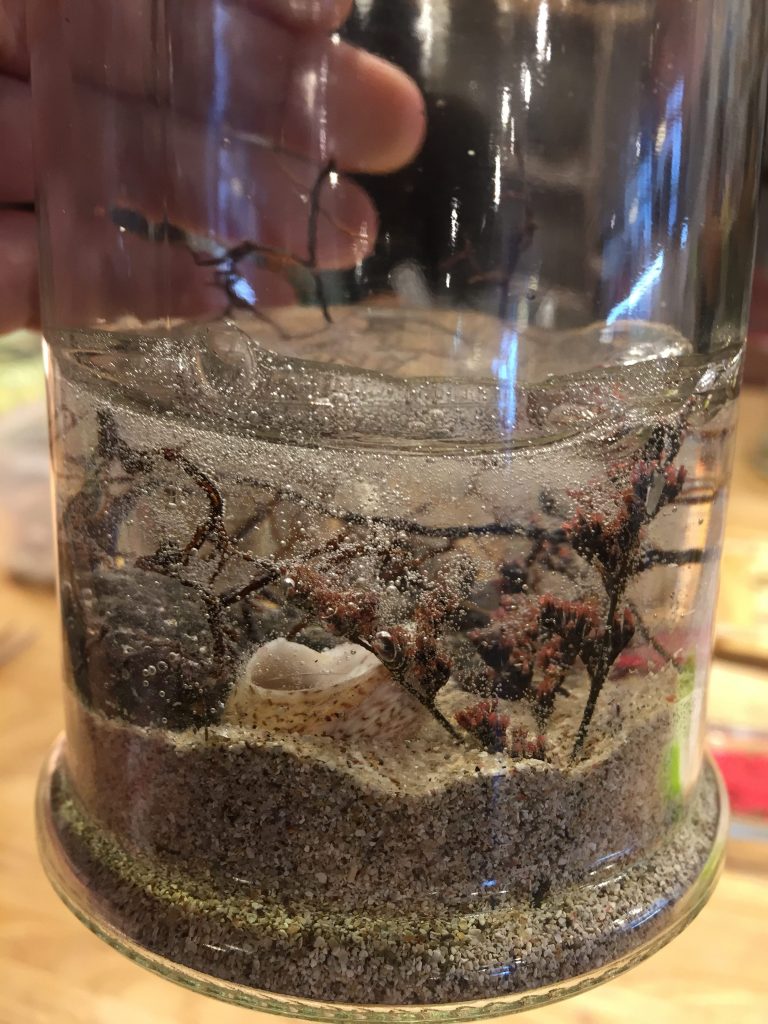
[/one_half_last]
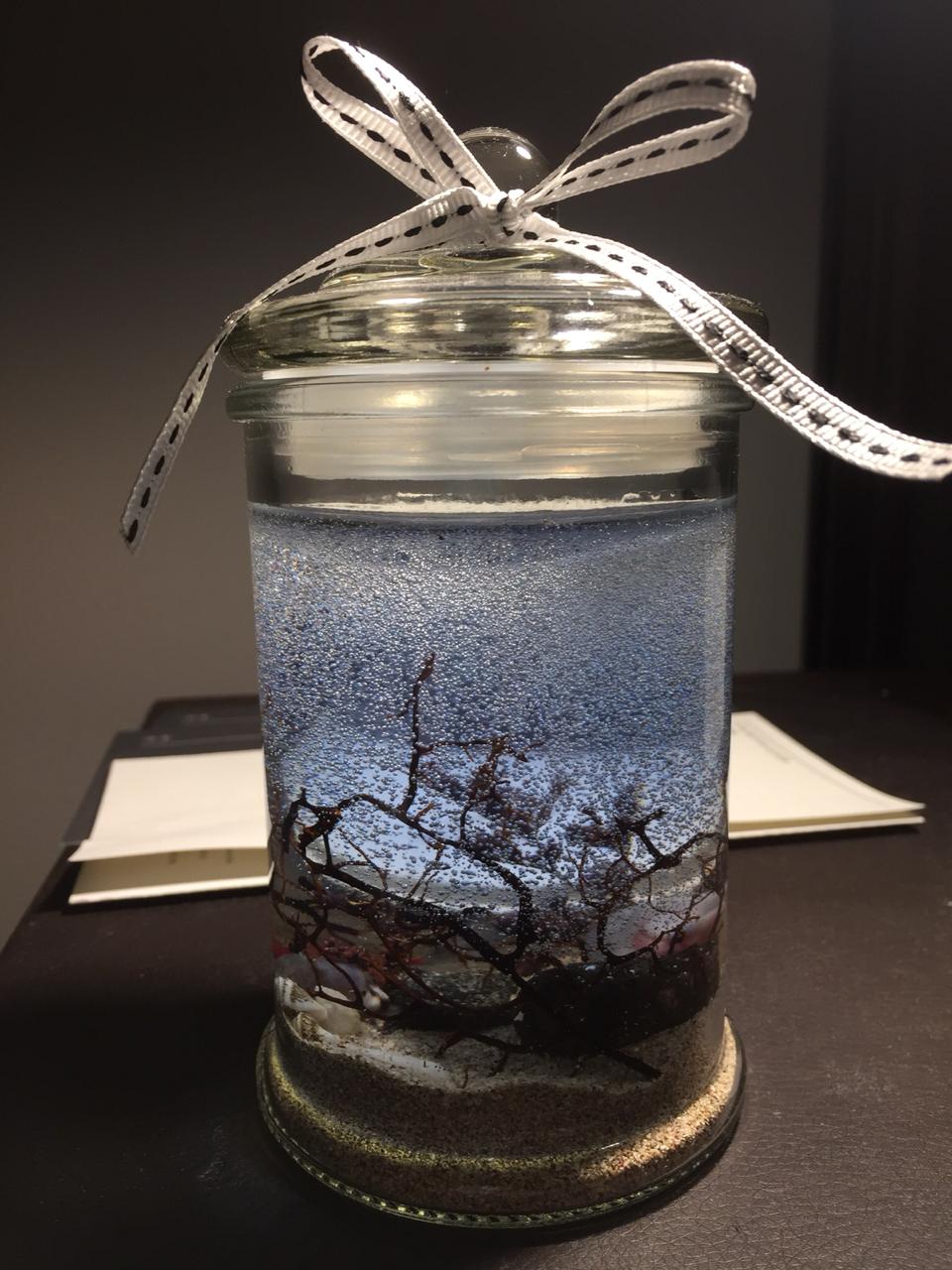
2. Teddy bear dress-up
We also went to Teseum, a portmanteau of Teddy Bear Museum, to dress up some teddies. At a workshop corner of the museum (designed like a kindergarten classroom), we were given different colors of ready-made bears and a stack of accessories to design them with. Feel free to go nuts: My tourmate made a flower fairy queen teddy bear with a floral Elizabethan neck ruff, while I made a more modern, Janelle Monáe-inspired (stream “Dirty Computer”) genderqueer teddy.
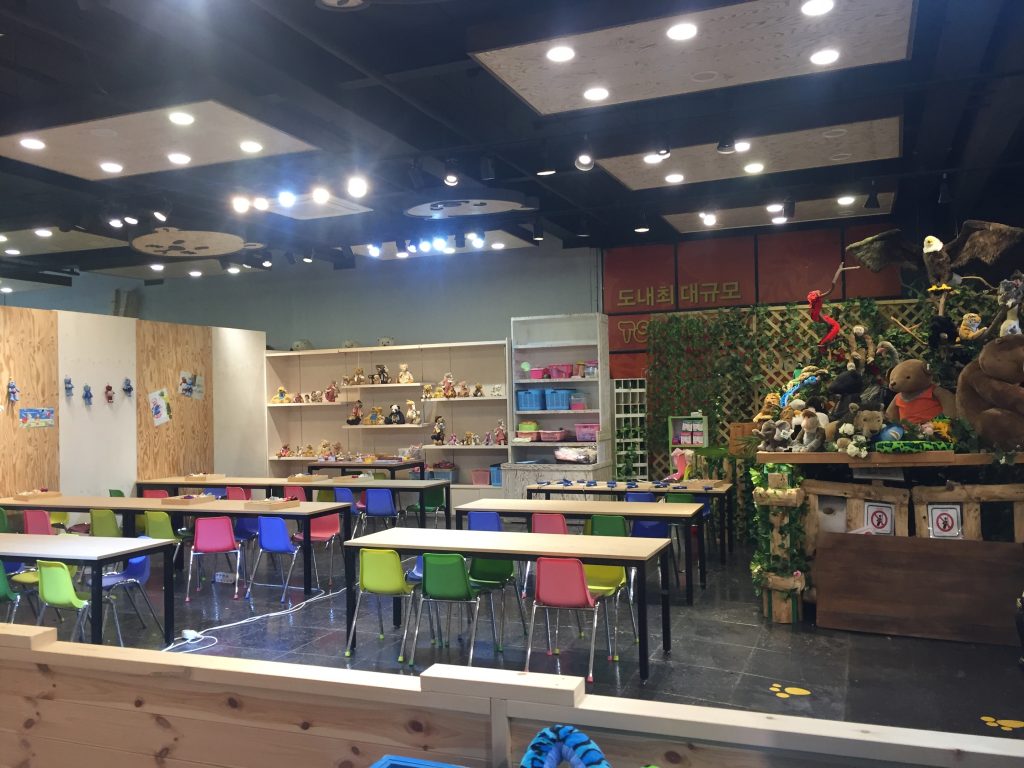
[one_half padding=”5px 5px 5px 5px”]

[/one_half]
[one_half_last padding=”5px 5px 5px 5px”]
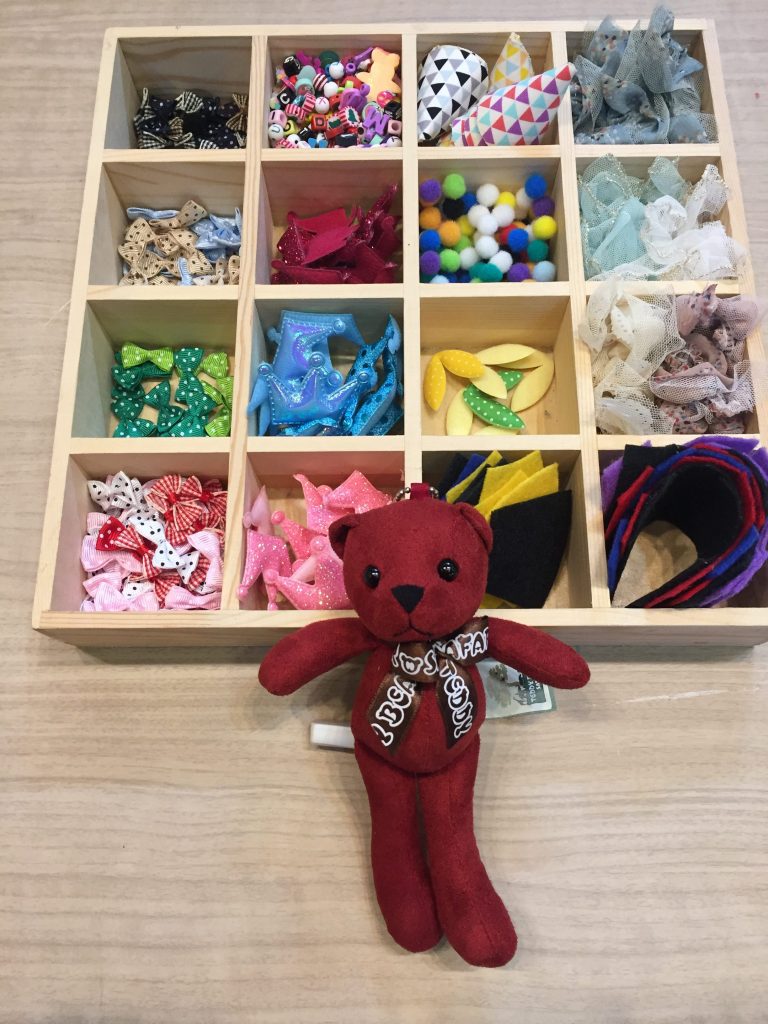
[/one_half_last]
Since we were at a Teddy Bear Museum, we went around to see the fuzzy bears of the two-storey building. The museum had multiple sections: There was an underwater-themed one with animatronic fishes, and another one designed like a European court with teddy bear musicians. My favorite one was the Teddy Bear Art Gallery, where famous artworks were edited with teddy bears.

3. Face mask making
Jeju Island is known as the home of Korean skincare giant Innisfree, but the brand isn’t the only one that sources its natural product from the island. We visited Banglinwon, also known as the Healing Botanic Museum, a nature museum that also acts as a supplier for beauty brands. There, you can choose an array of activities, such as making face masks, picking tangerines and turning it into juice, making 3D printed pots, and so on.
[one_half padding=”5px 5px 5px 5px”]
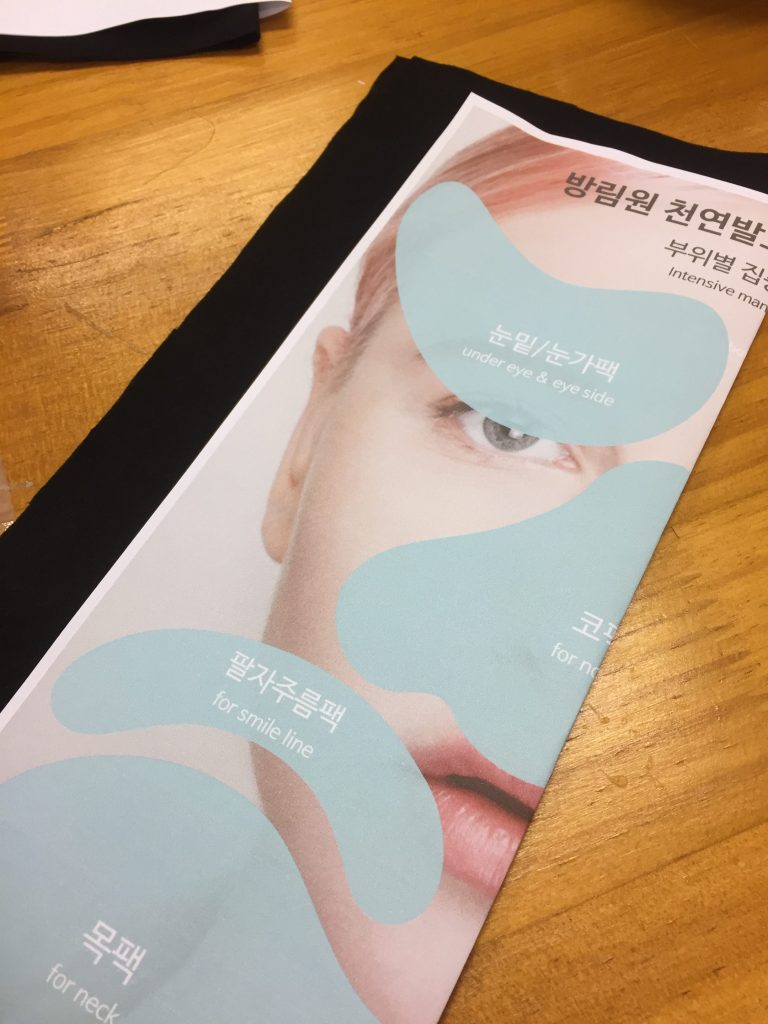
[/one_half]
[one_half_last padding=”5px 5px 5px 5px”]
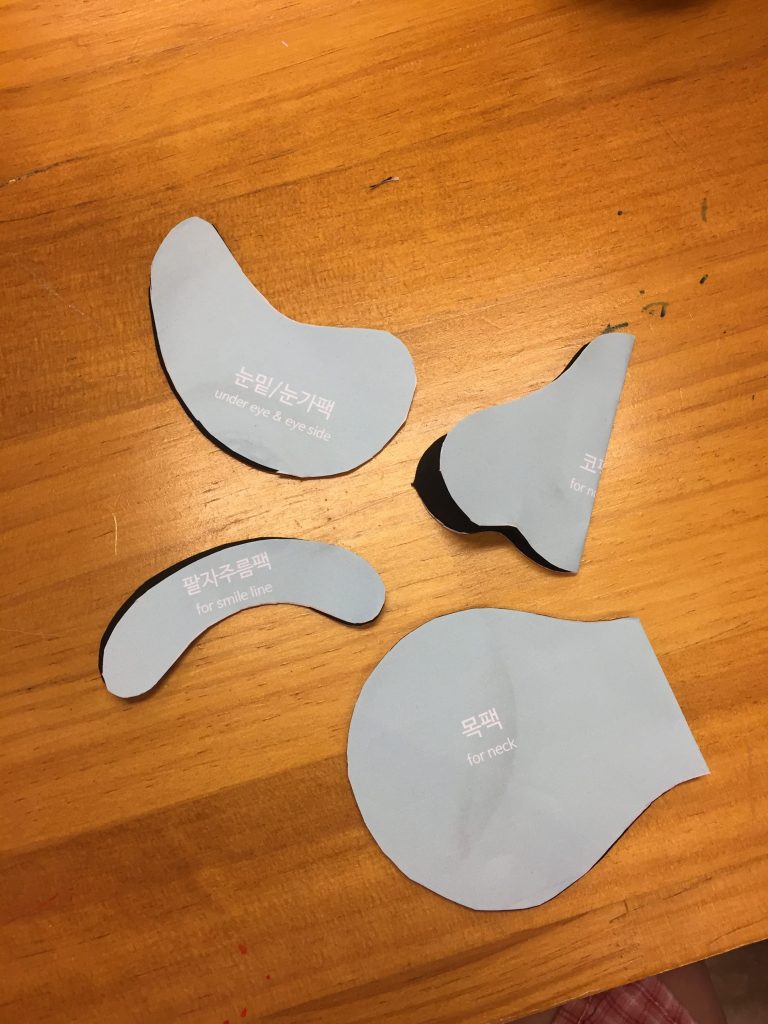
[/one_half_last]
[one_half padding=”5px 5px 5px 5px”]
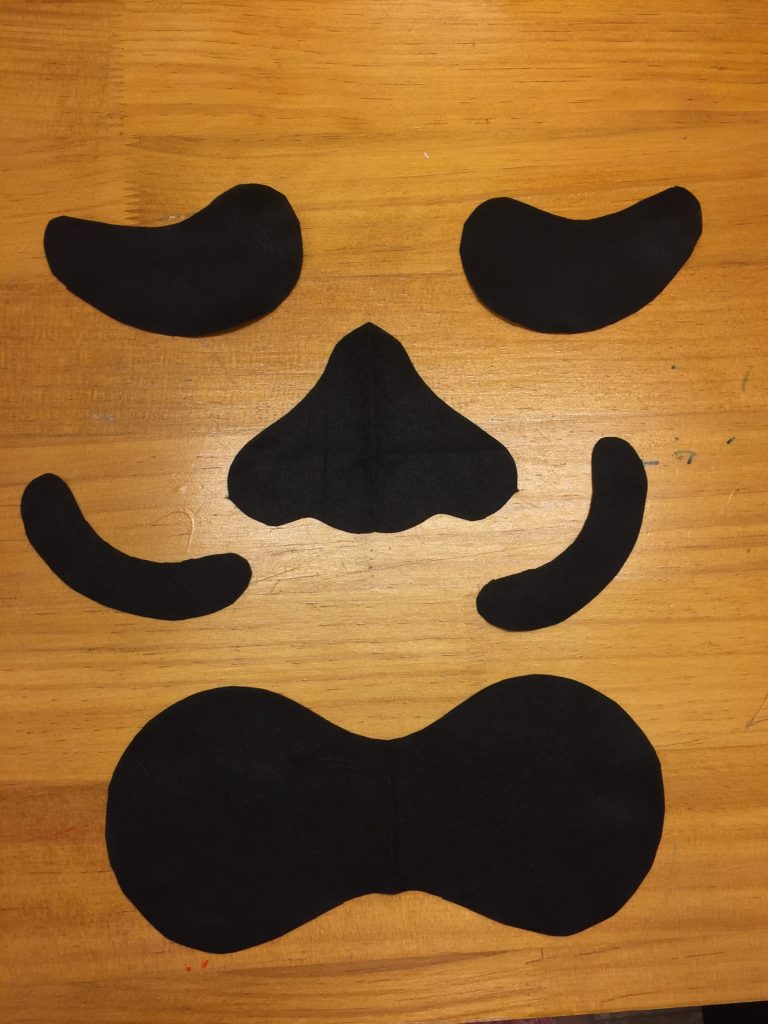
[/one_half]
[one_half_last padding=”5px 5px 5px 5px”]
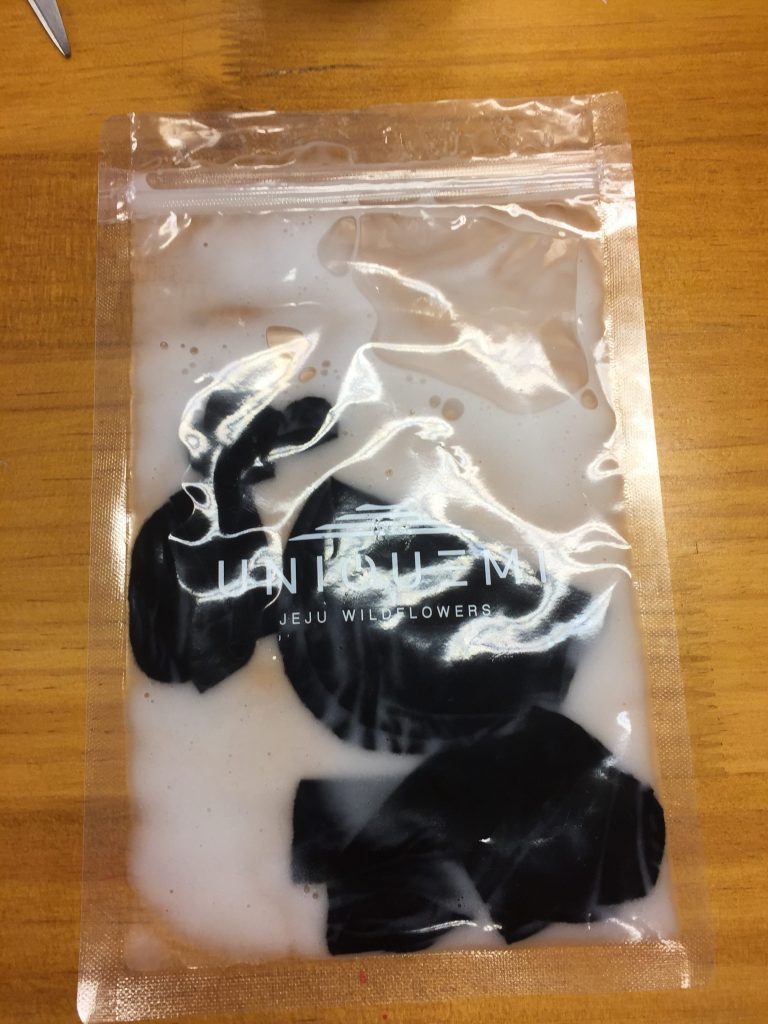
[/one_half_last]
For the face masks (of course I chose to do the face masks, come on), we cut a piece of soft fabric into shapes that would cover problem face areas: the eyes, the nose, the smile lines, and the neck. When we were done, we placed the masks into a pouch and pumped an all natural lotion provided by the museum into it. We were told we could wait as early as a day for the fabric to absorb the mixture before we could use it.
4. Soap making
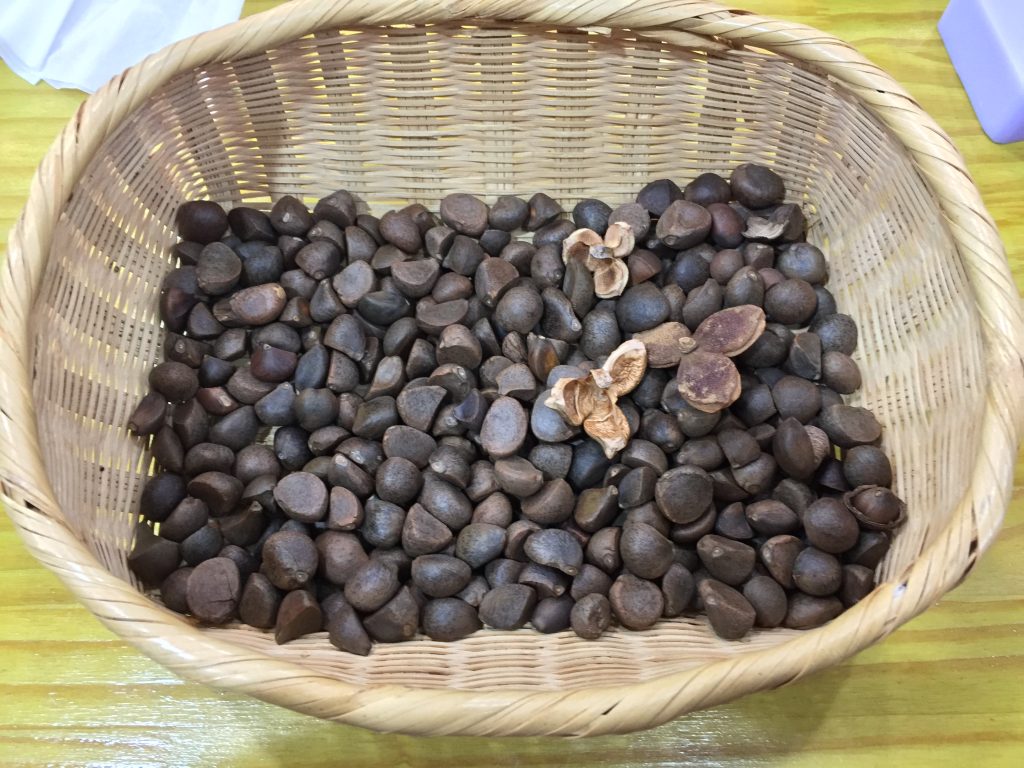
During my trip, I learned about the island’s camellia-making community, a small cottage industry devoted to making oil and soaps out of the flower’s seed. It’s a small enough industry that it revolves around one village in Jeju, aptly named the Camellia Village. My tour group visited one of the homes in the village to make our own soaps. (Insert your own Camellia Homes joke here.)
[one_half padding=”5px 5px 5px 5px”]
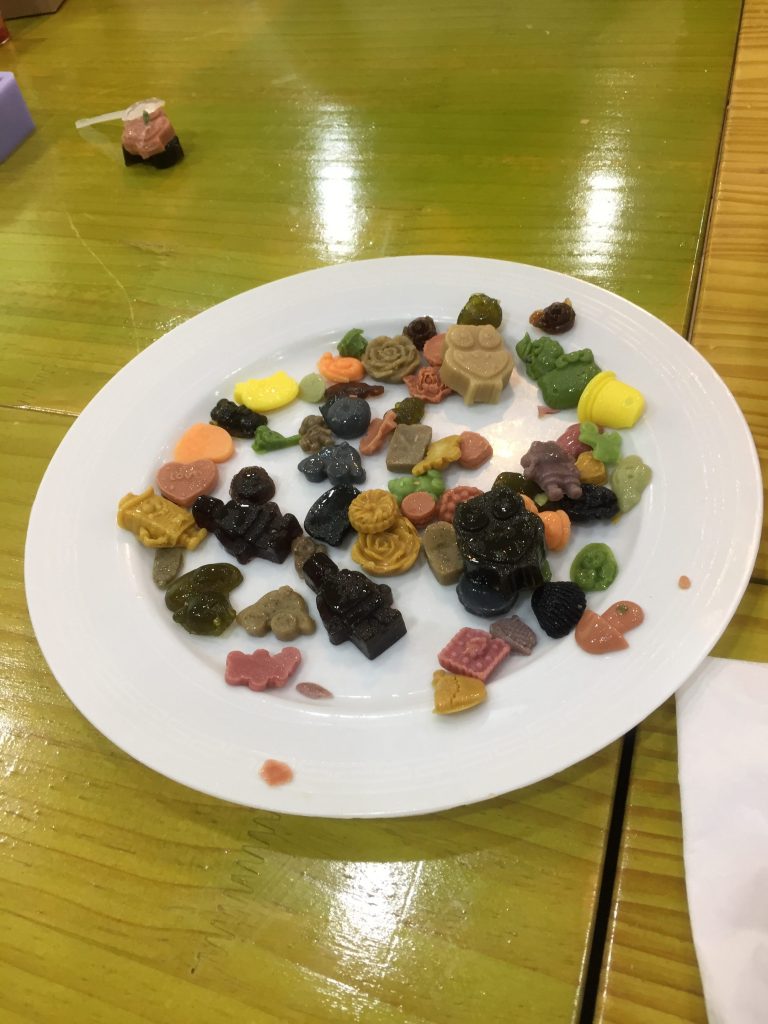
[/one_half]
[one_half_last padding=”5px 5px 5px 5px”]
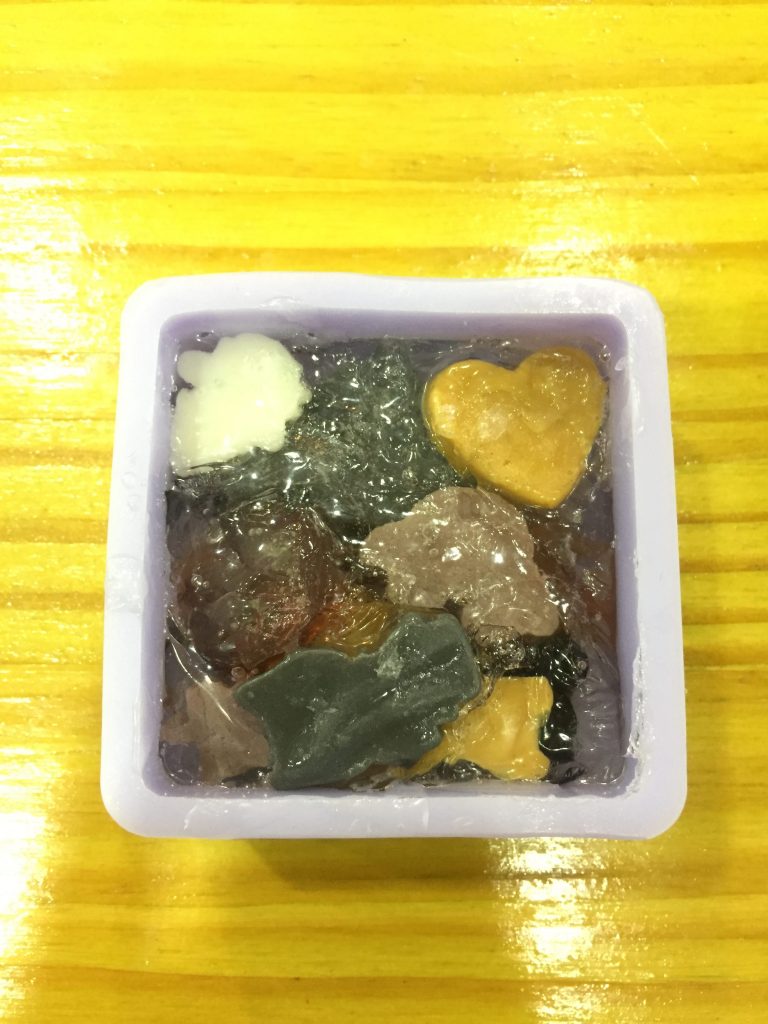
[/one_half_last]
[one_half padding=”5px 5px 5px 5px”]
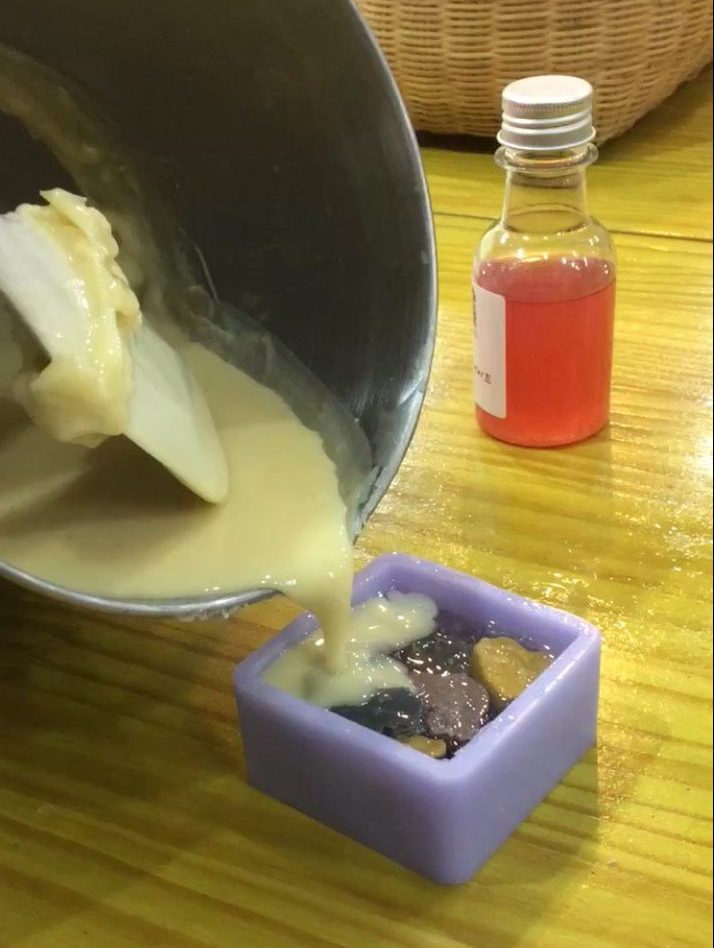
[/one_half]
[one_half_last padding=”5px 5px 5px 5px”]
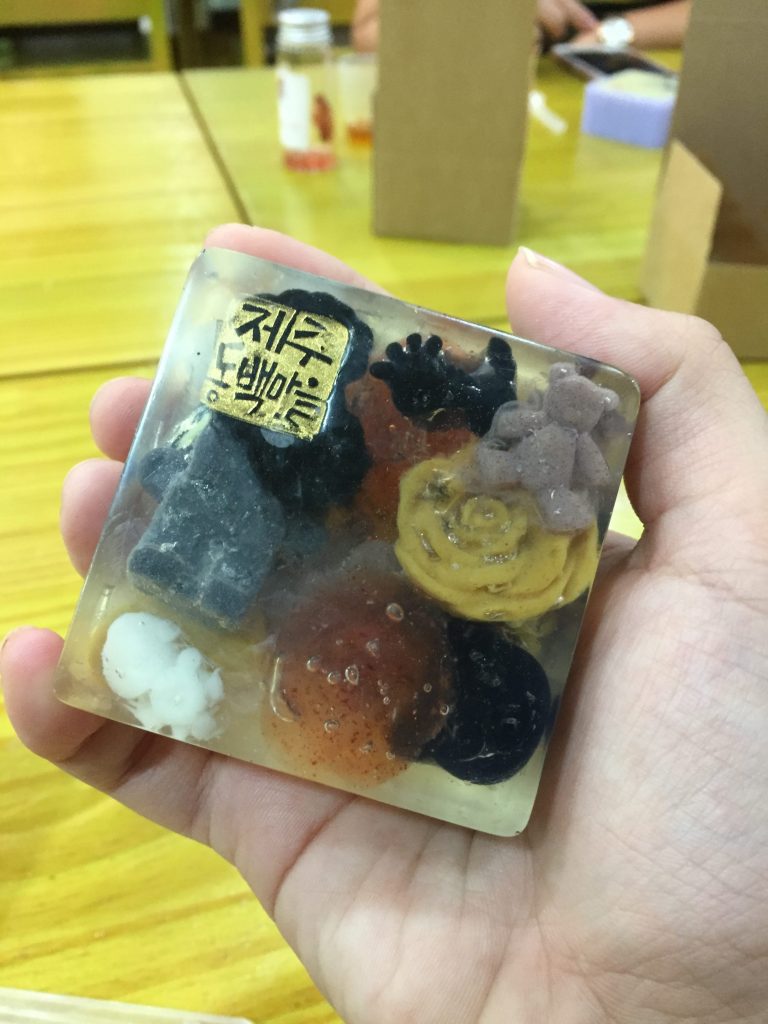
[/one_half_last]
For the soap making, we were given little lavender molds which we would use to form the bar of soap. We were then given some premade soap shapes (like flowers, cartoons, and cars) to choose from to sort of accessorize our bars. Once we chose one, we had to quickly put in the shapes into the mold as a transparent camellia soap oil was poured into it. Once we were done, we poured the last layer of soap oil (this time white) into the mould. We had to wait a few minutes for the soap to take form, and once that was done, we got to stamp our soap and call it a day.
There’s a lot to do in Jeju, so tune in to part two of this series where I talk about Jeju food and sightseeing around the island.
Get more stories like this by subscribing to our weekly newsletter here.
Read more:
We visited these underrated Japanese cities—and here’s why you should, too
The youngest surfing community is in Gubat, Sorsogon
Where to eat and go in Rizal: A day-long tour
Where to eat in Boracay from 7 a.m. to 7 p.m.

